Last winter, I got into a bit of hot water with the owner of the private airfield where I keep my 1953 Cessna 170B. A warm spell blessed my area of Wisconsin with temperatures well above freezing, and seeking to take advantage of February air that miraculously did not inflict pain, I headed out to the airport. My goal that day was to brush up on my landings and, more importantly, to run my engine, which had been sitting dormant for nearly six weeks.
As expected, the single grass runway and surrounding areas were quite waterlogged due to the melting snow. Fortunately, I had my 26” Alaskan Bushwheels to negotiate the soft ground, and neither taxiing nor taking off/landing presented any struggles.
What I didn’t have at the time was a Baby Bushwheel.

Accordingly, my small Scott 3200-series tailwheel carved deep lines and arcs all over the runway. While this aided in visually evaluating takeoff and landing distances, it turned out to be quite damaging to the soil. After my 45 minutes of pattern work, the runway appeared as though Paul Bunyan’s poorly behaved toddler had scribbled all over the surface with a giant Sharpie marker.
When the airport owner called me later that evening, he asked if I knew anything about the marked-up runway. Sensing that he knew damn well I did and that this was a precisely-calibrated honesty test, I answered in the affirmative, owned up, and apologized. As this was my first winter at the airfield, he forgave me and simply asked that I avoid scarring the runway in the future.
With that, I proceeded directly to the Alaska Gear Company website and began to read up on the Baby Bushwheel. Two of my friends have them, and the massive, low-pressure tire seemed to be just what I needed to prevent future acts of inadvertent runway vandalism. To save a few bucks, I ordered the simple upgrade kit, which uses your existing leaf spring and upper tailwheel assembly and simply replaces everything below the main pivot.
While I have yet to evaluate it in squishy mud, the Baby Bushwheel has performed flawlessly on grass and also on pavement. I was concerned about the latter, as some people have complained about shimmy on hard surfaces, cautioning me to be ready to react should a violent shimmy occur. During my first several flights, I braced myself for such a distraction, but fortunately, it never happened.
I’ve now been flying the Baby Bushwheel since July, and thus far, I’ve noticed…nothing. Literally nothing whatsoever. Which, to me, is an indication that it has been doing its job perfectly and without complaint.
This is also an indication that the concerns about shimmy are perhaps more a function of proper tailwheel setup as opposed to an inherent issue with the Baby Bushwheel itself. A year prior to installing it, I had my mechanic refresh the entire tailwheel assembly, installing fresh leaf springs and ensuring everything was aligned properly. I credit the lack of shimmy to his meticulous efforts, and I must remember to drop a case of his favorite beer off for the holidays.
In the meantime, I approach the upcoming winter optimistically, confident that I can go play in the soft, waterlogged grass without incurring the wrath of the airport owner. Alaska Gear Company doesn’t list “fewer hangar evictions” as a feature of the Baby Bushwheel, but perhaps they should.


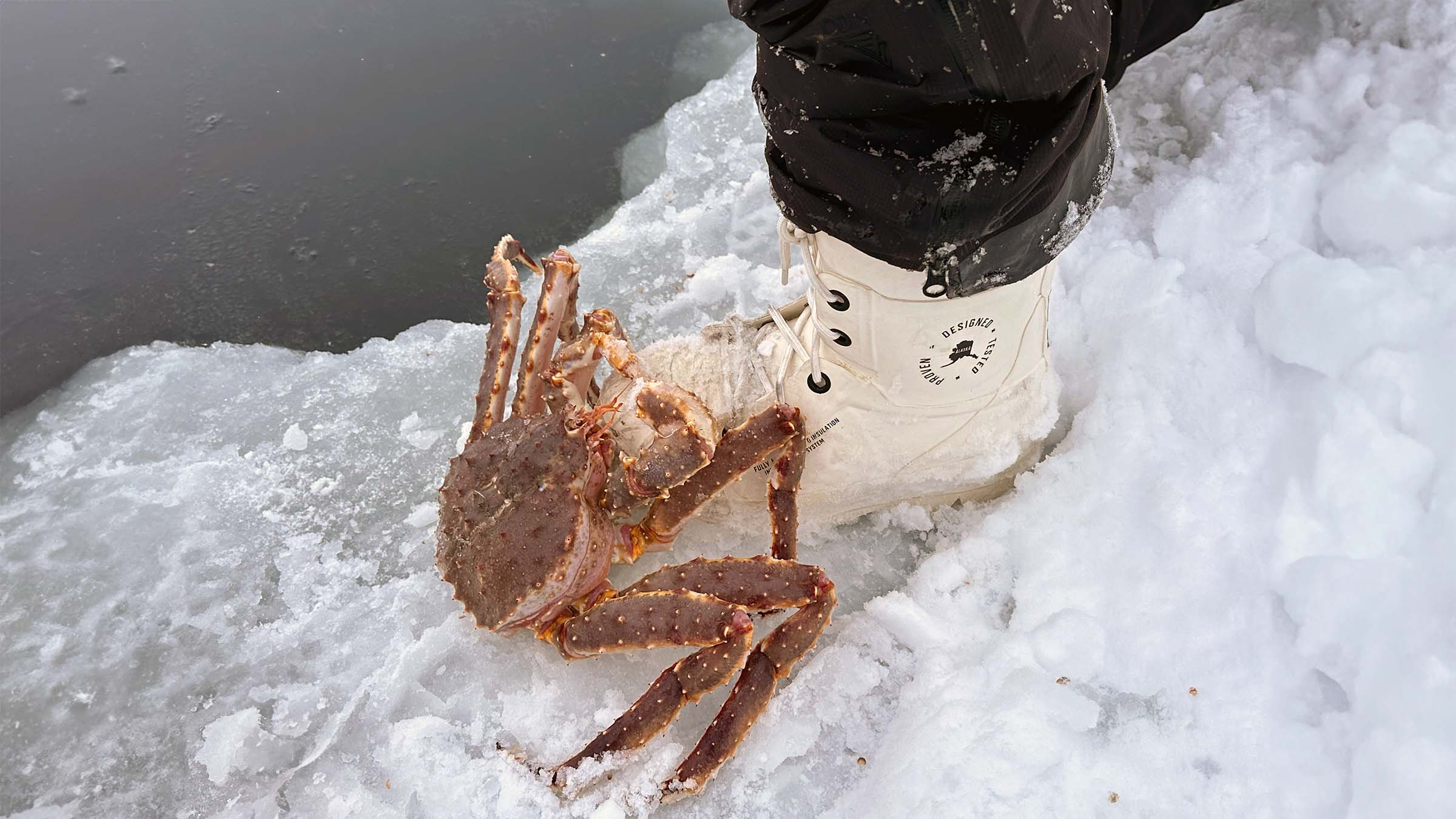
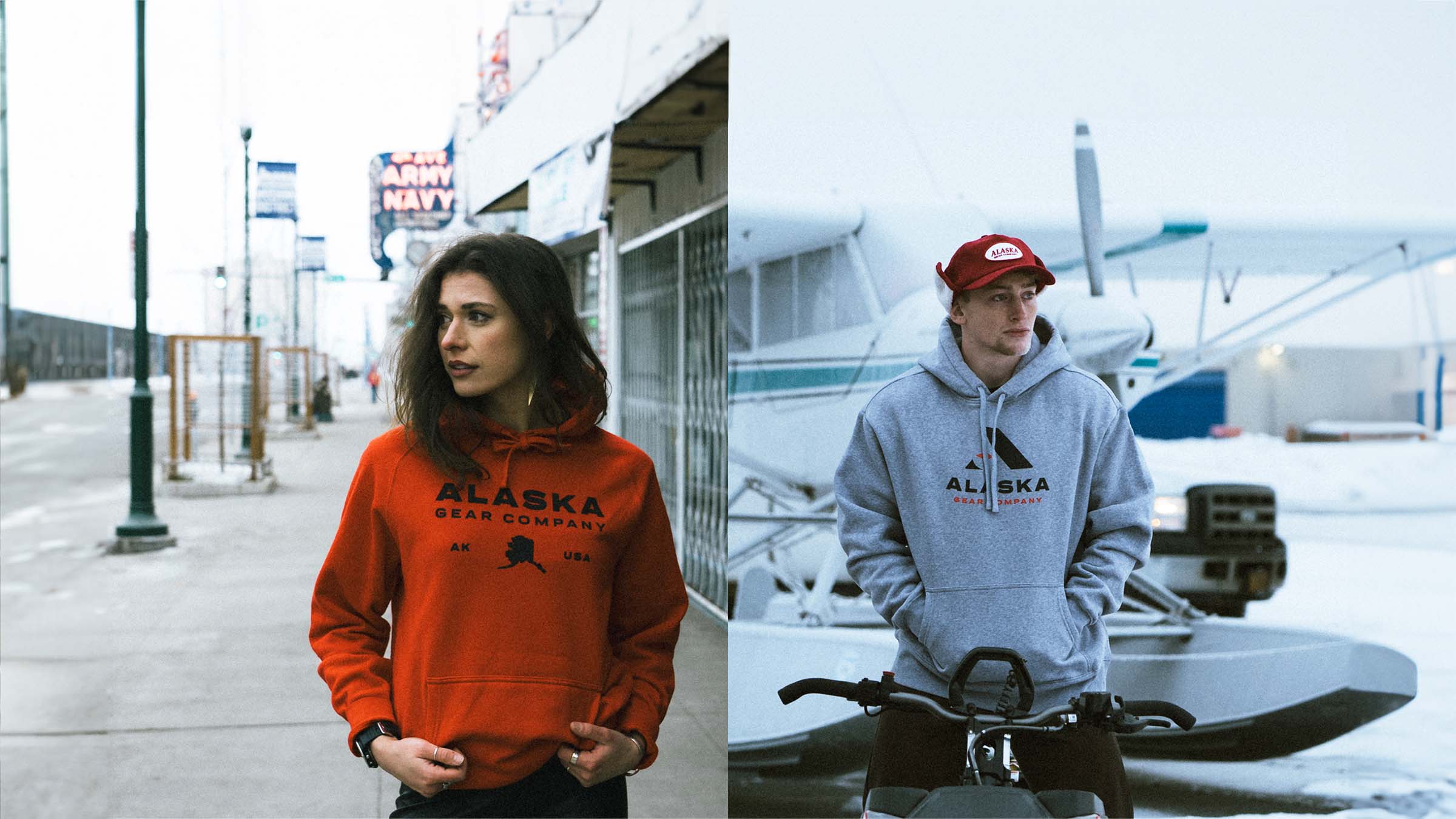

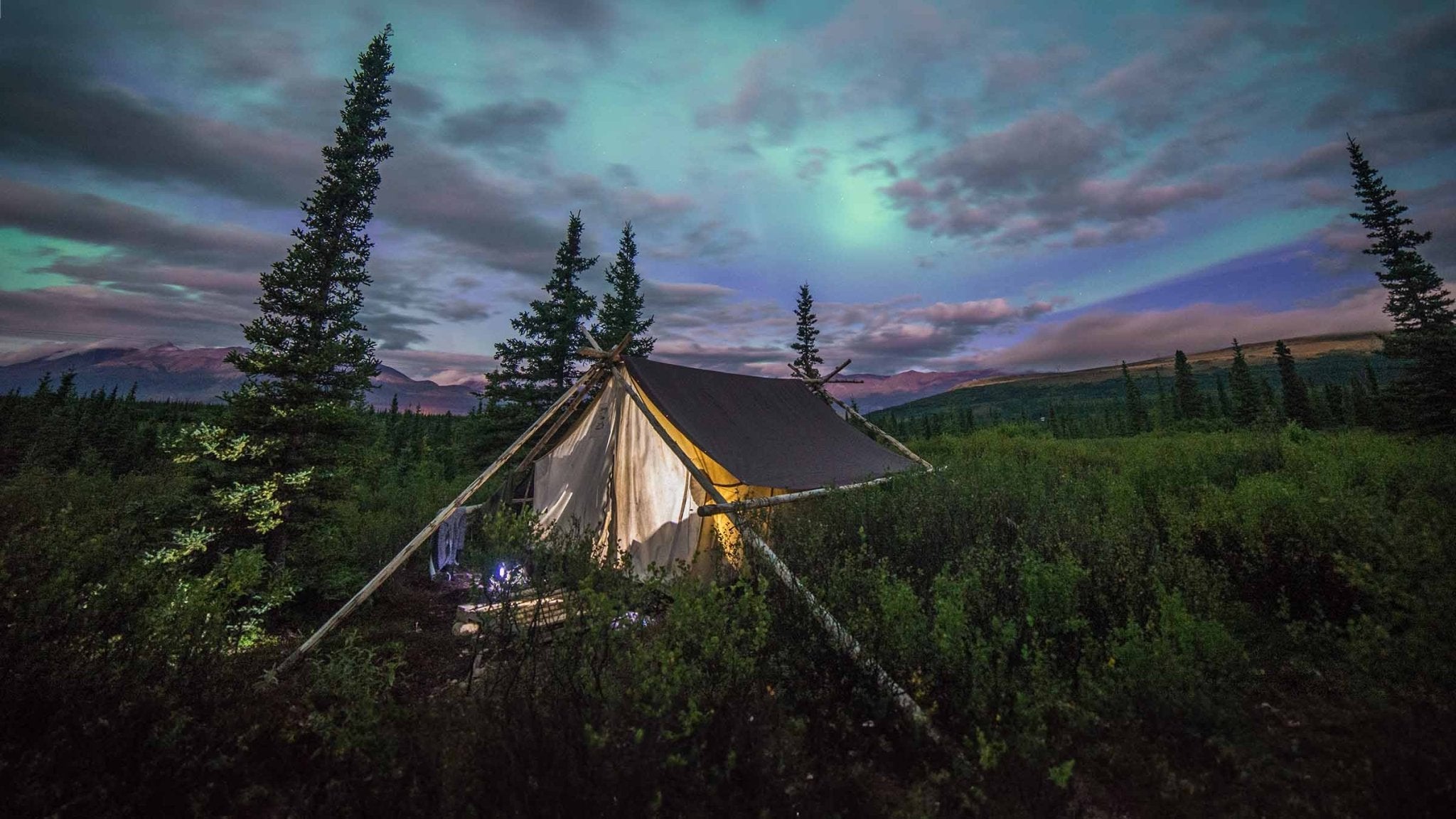
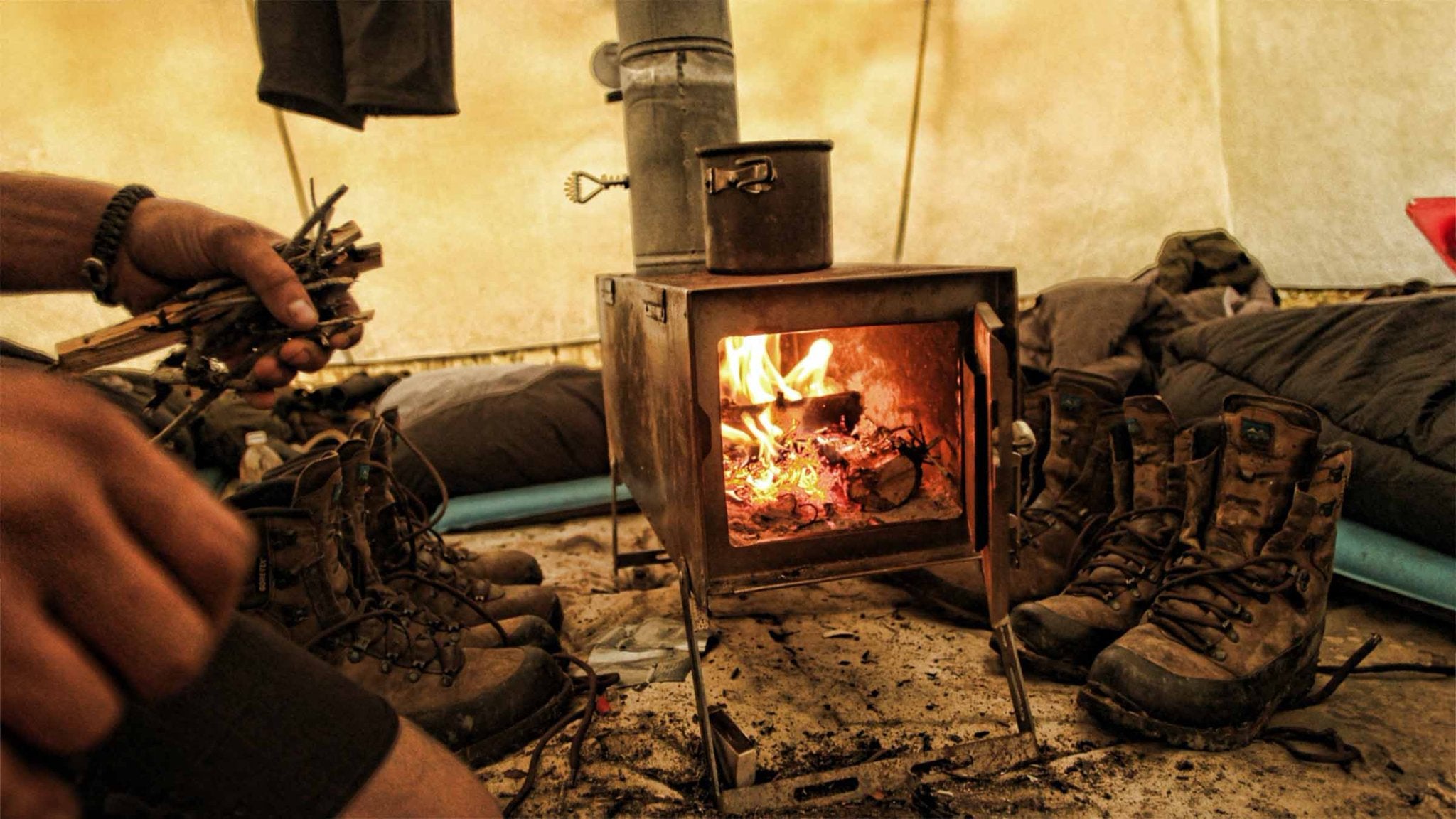
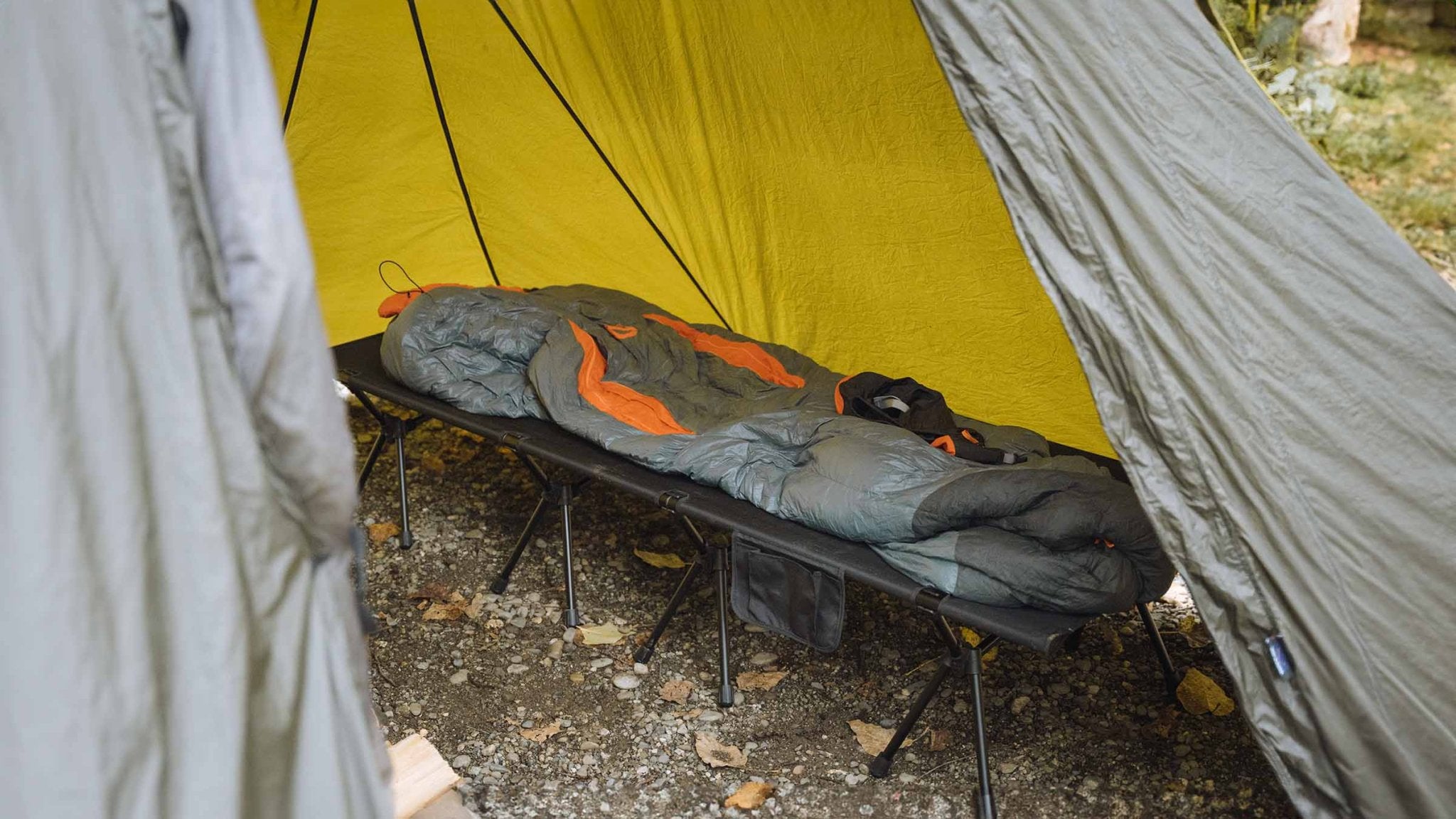
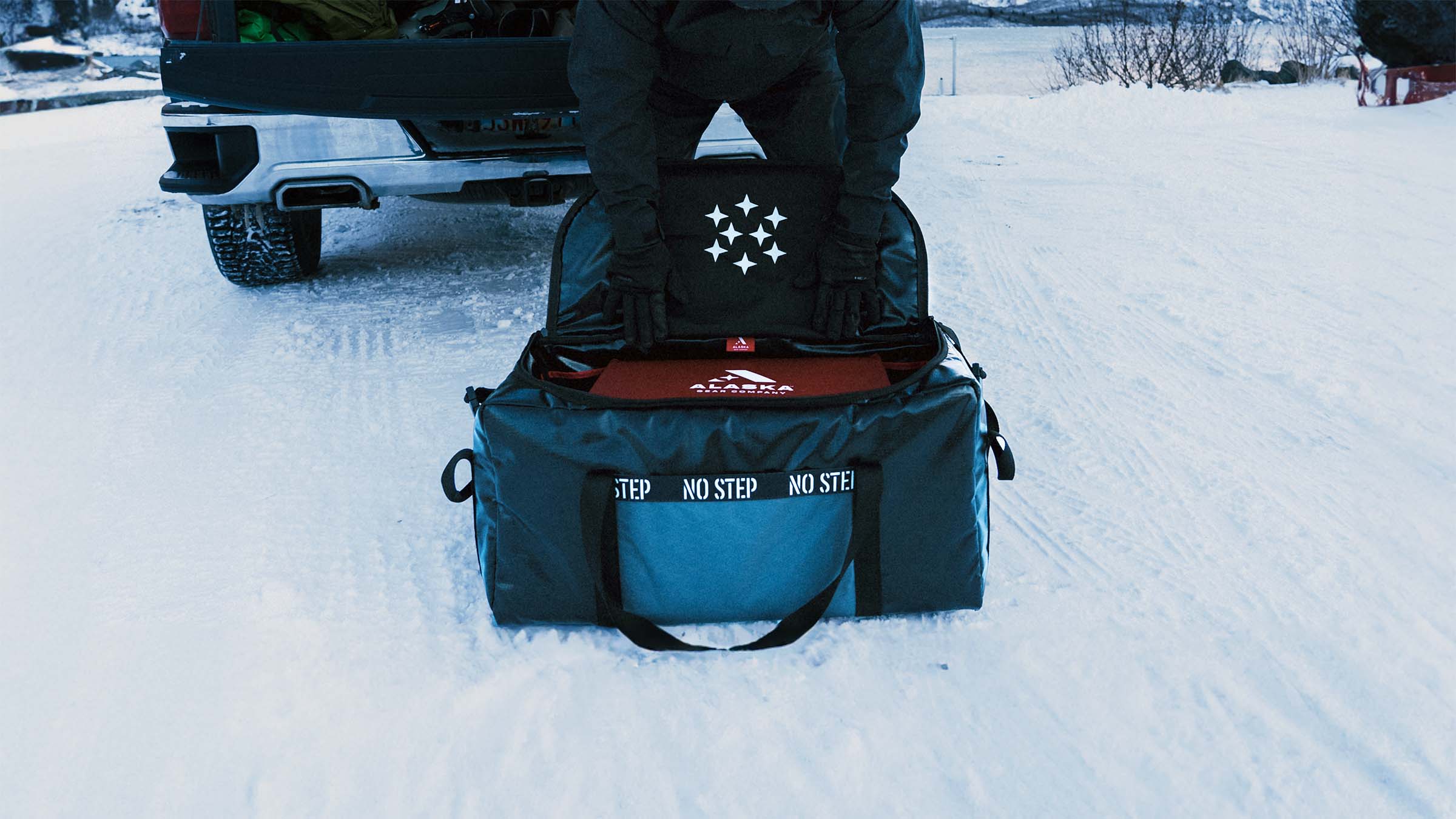
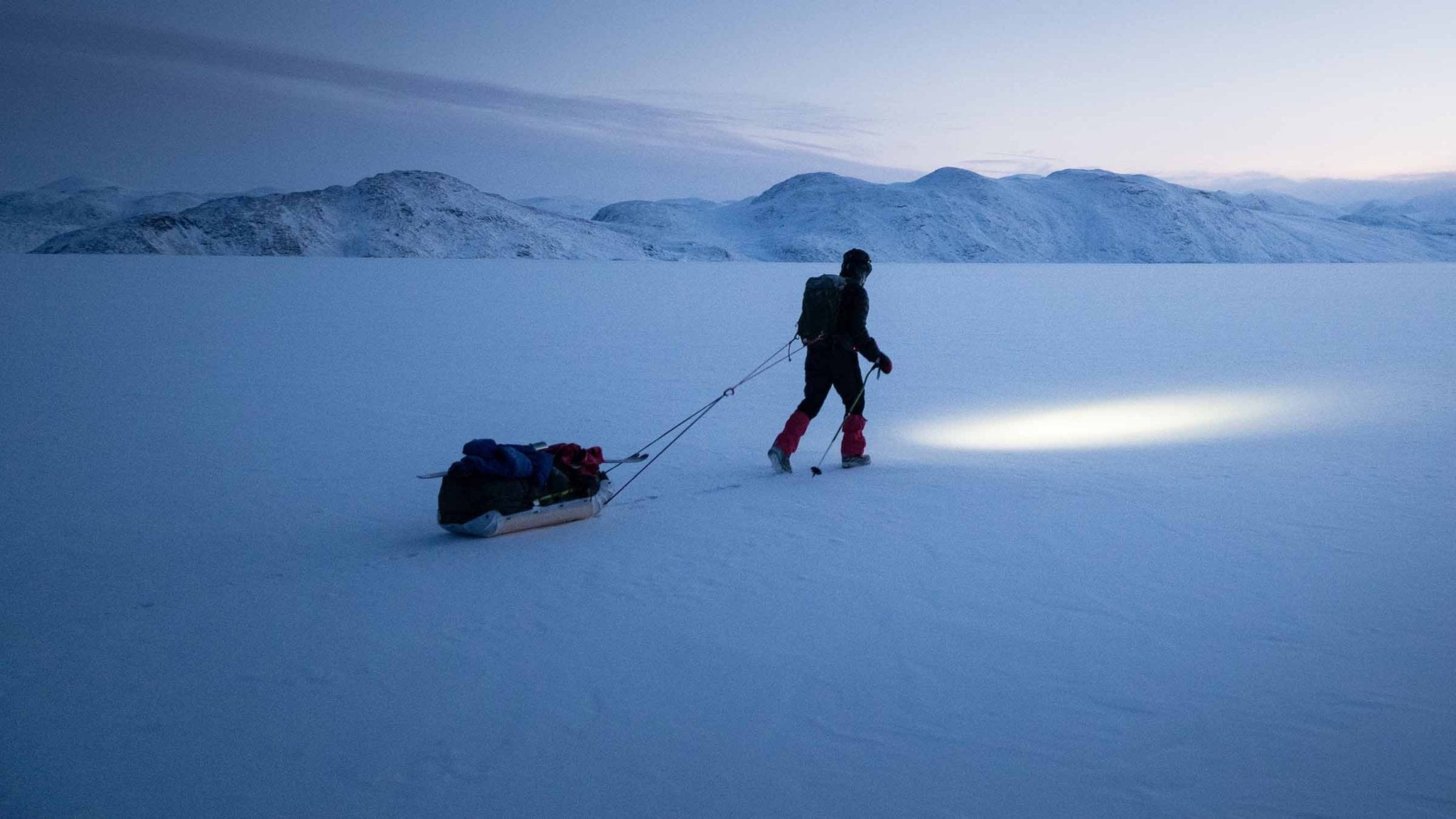
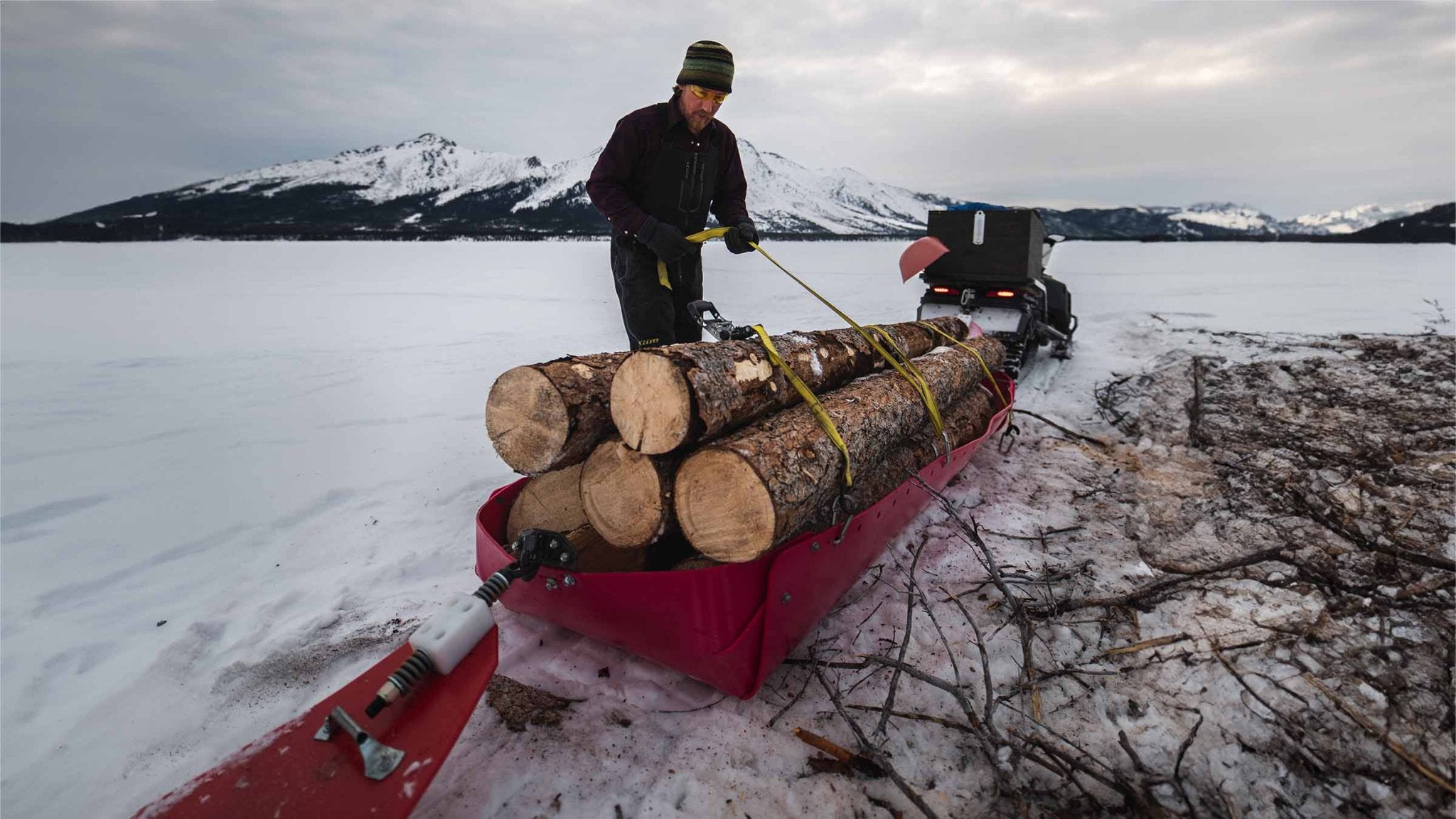
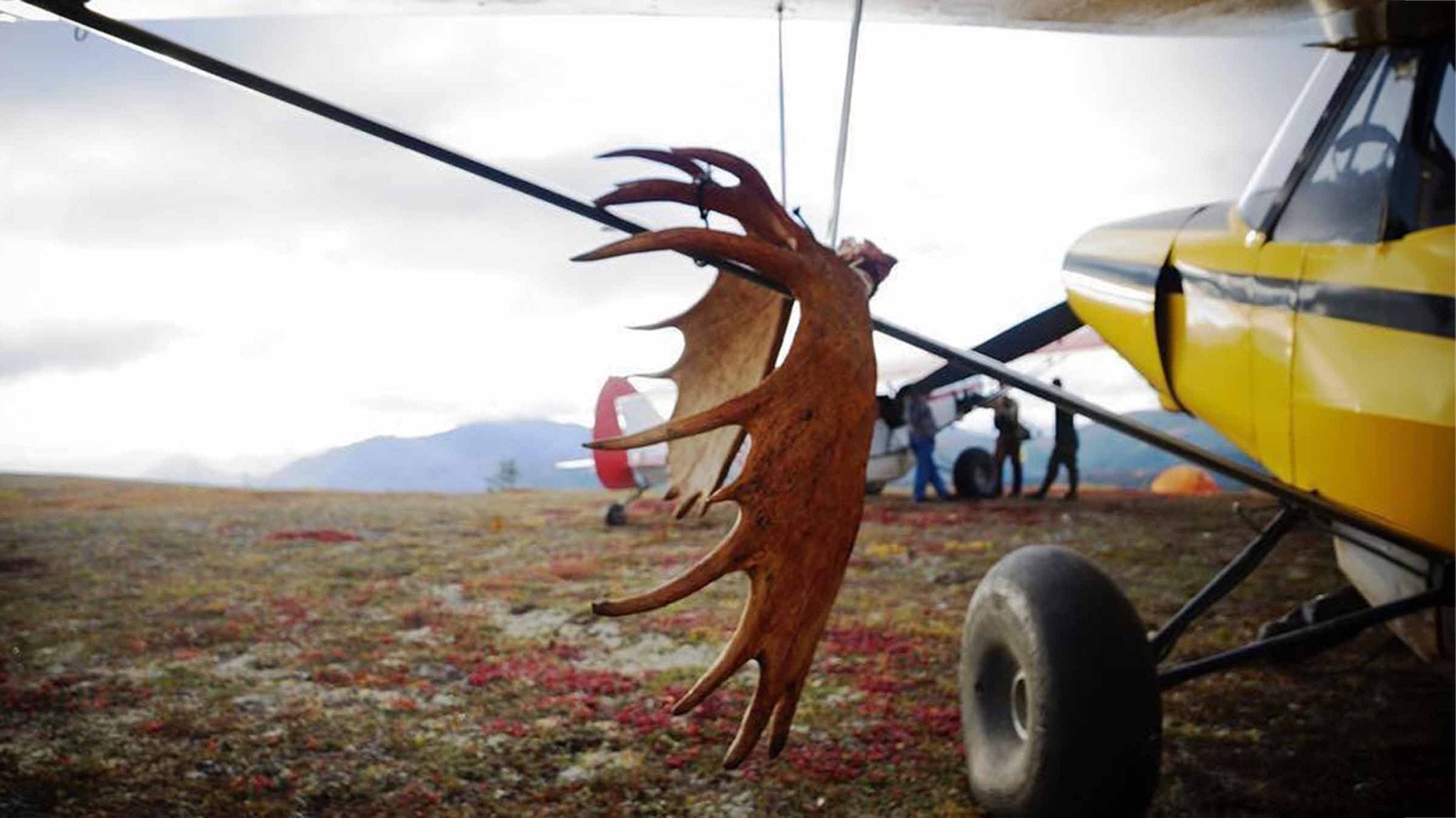
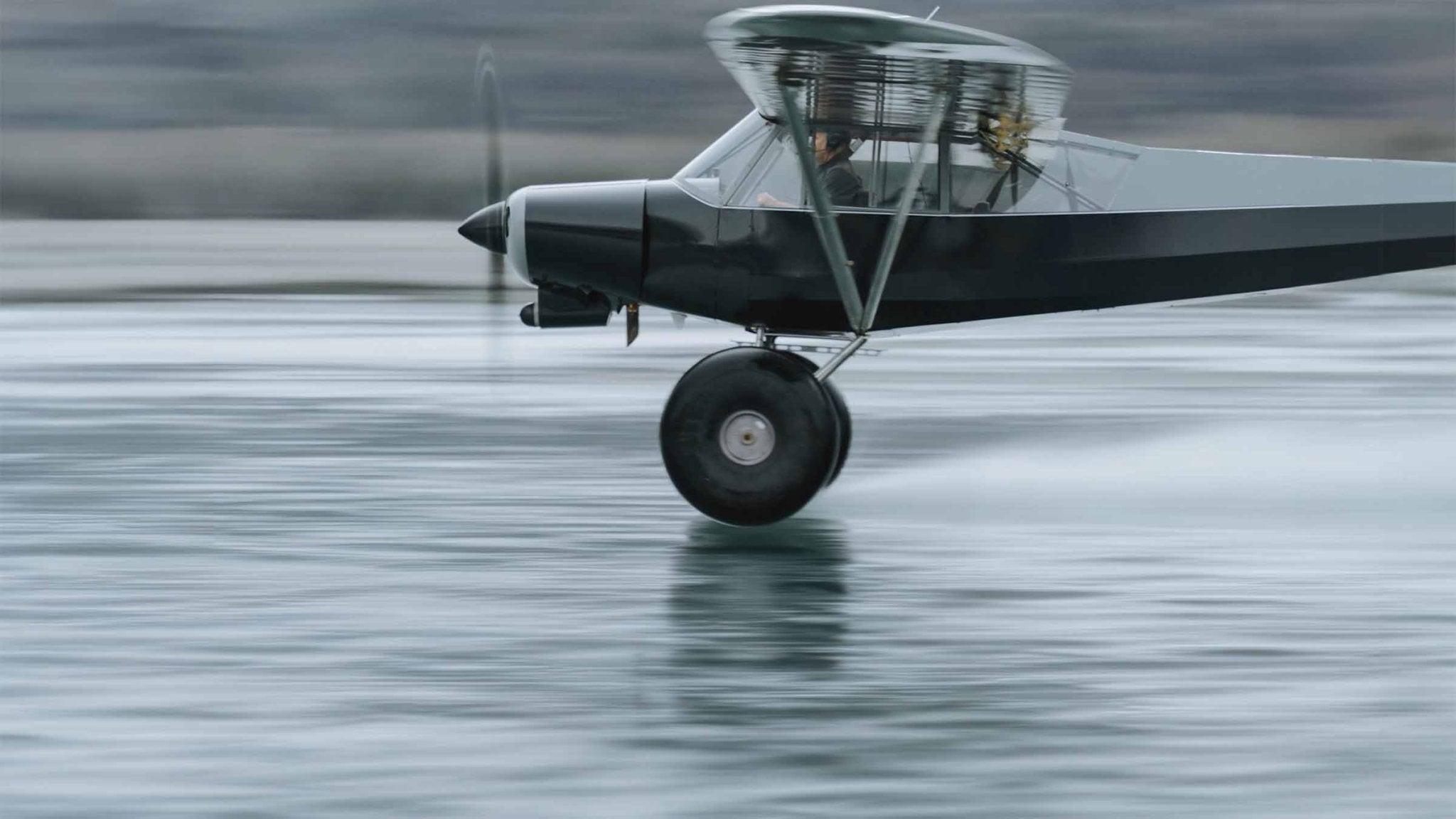
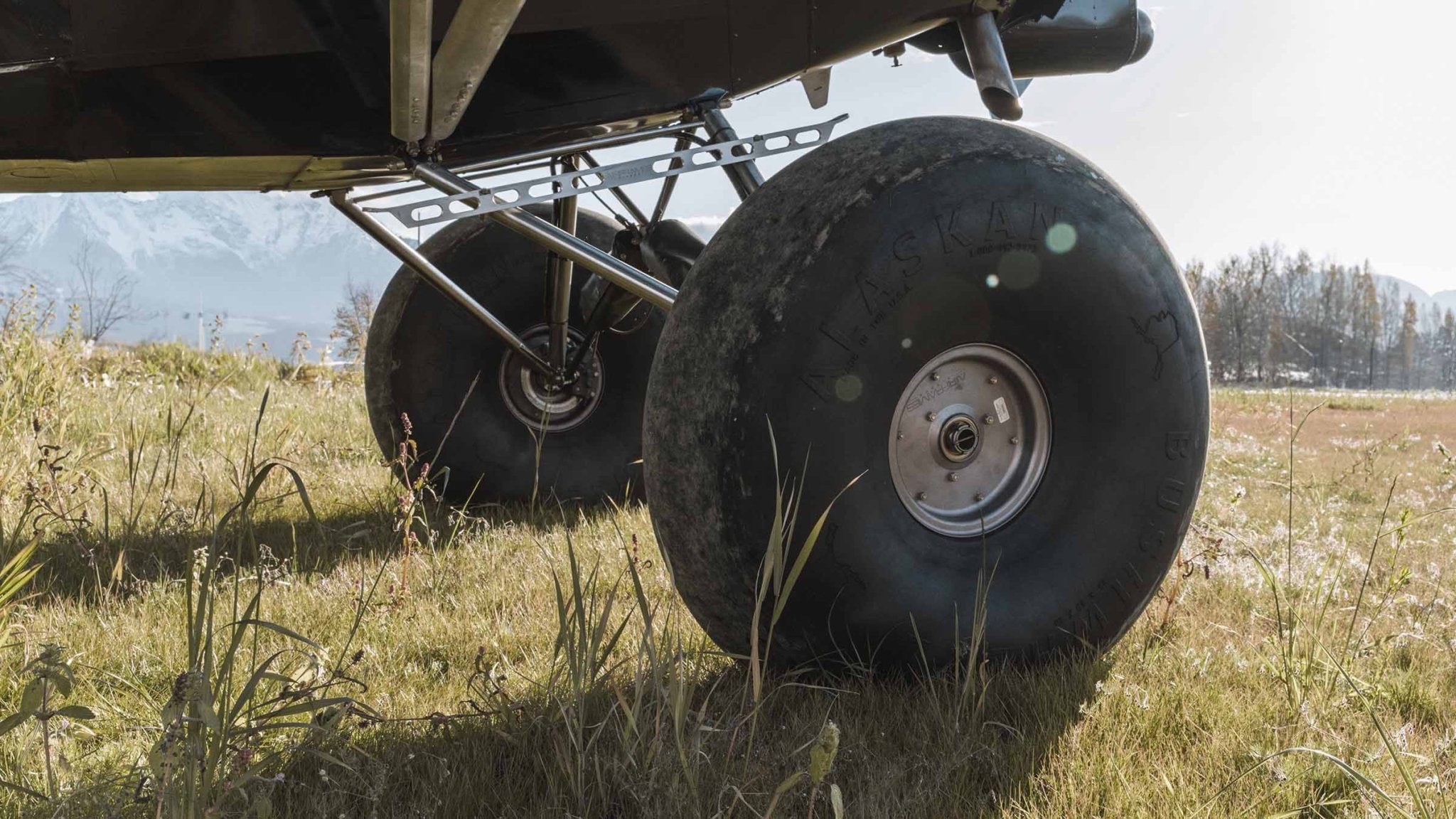
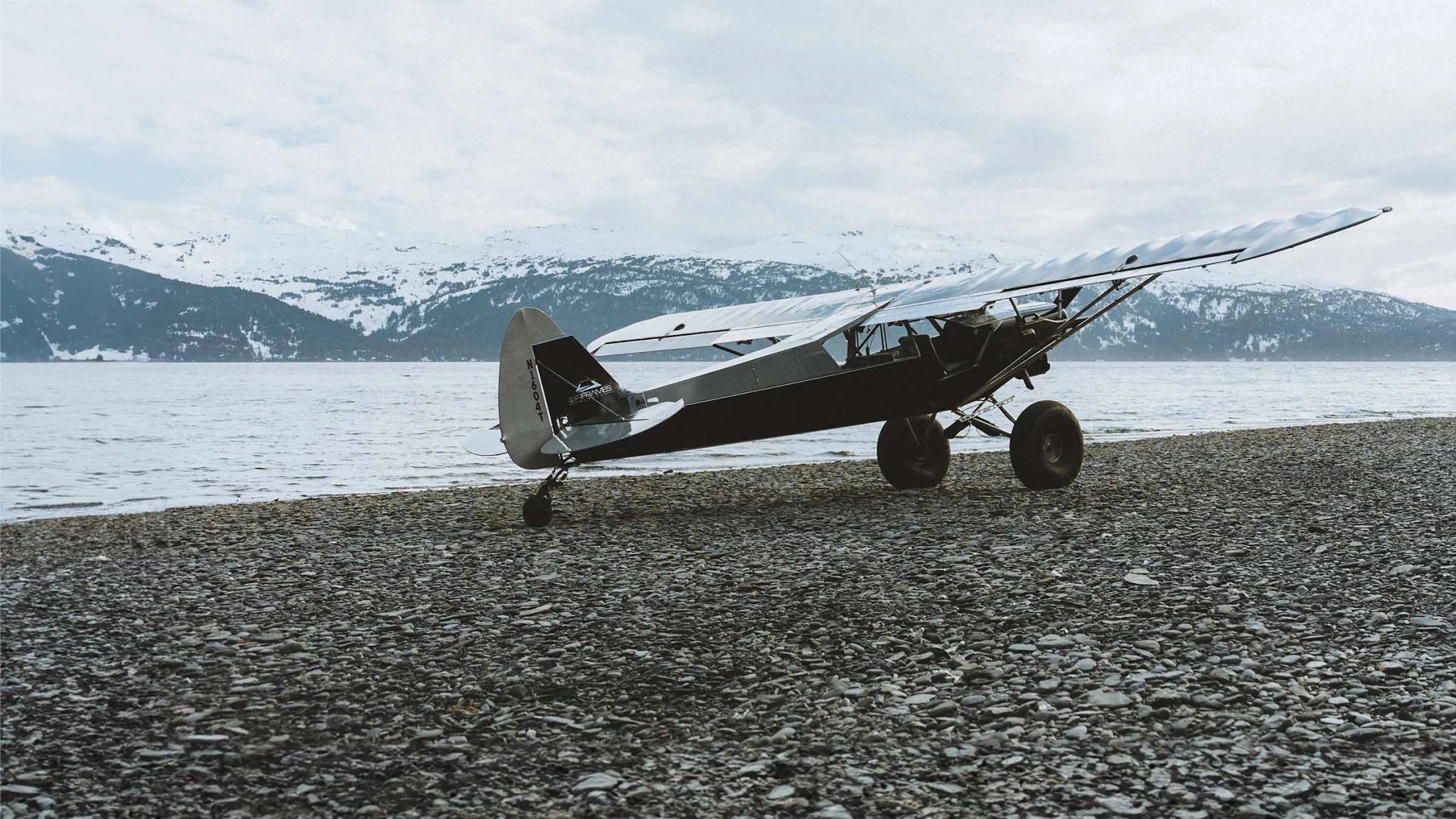
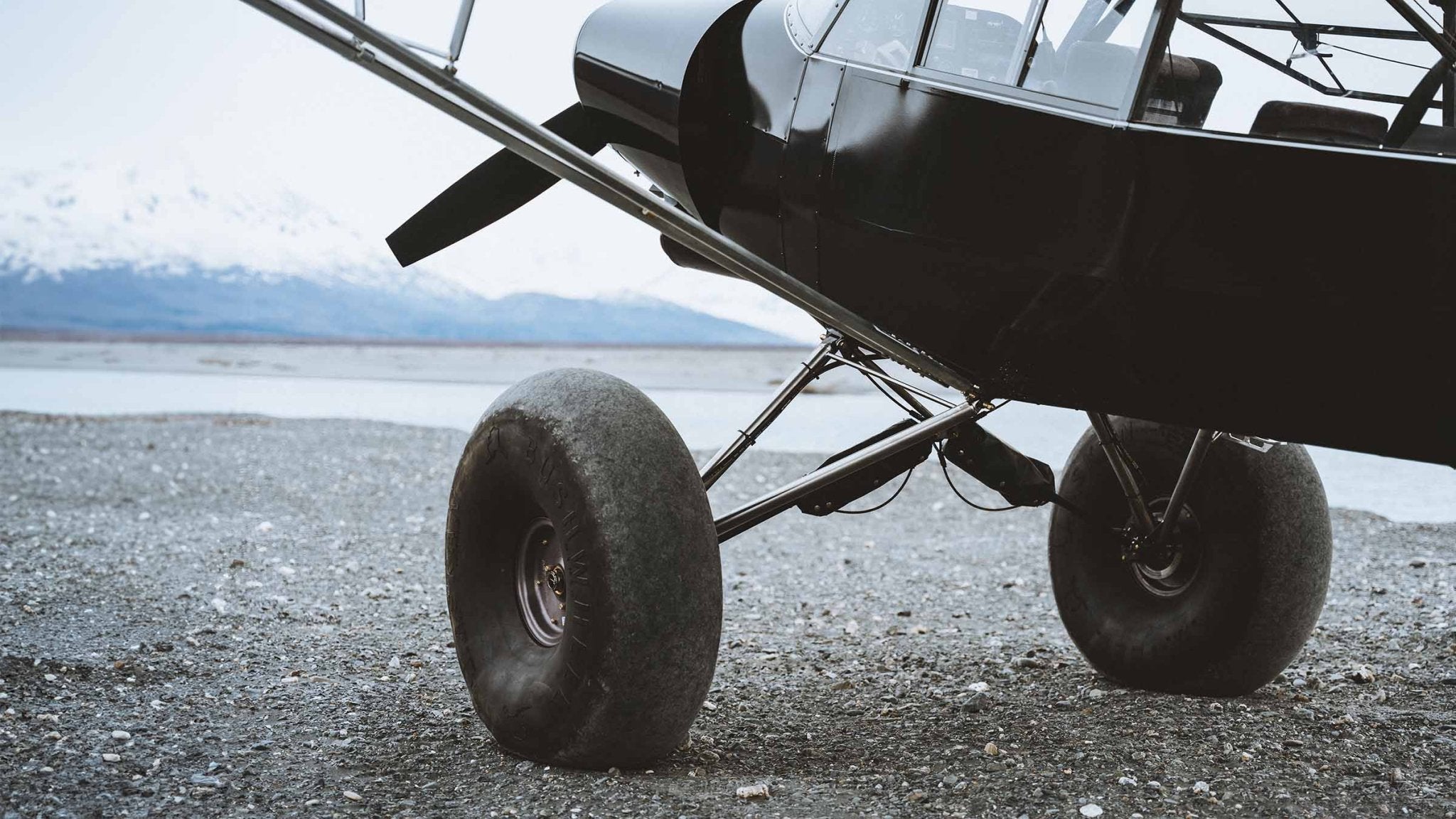
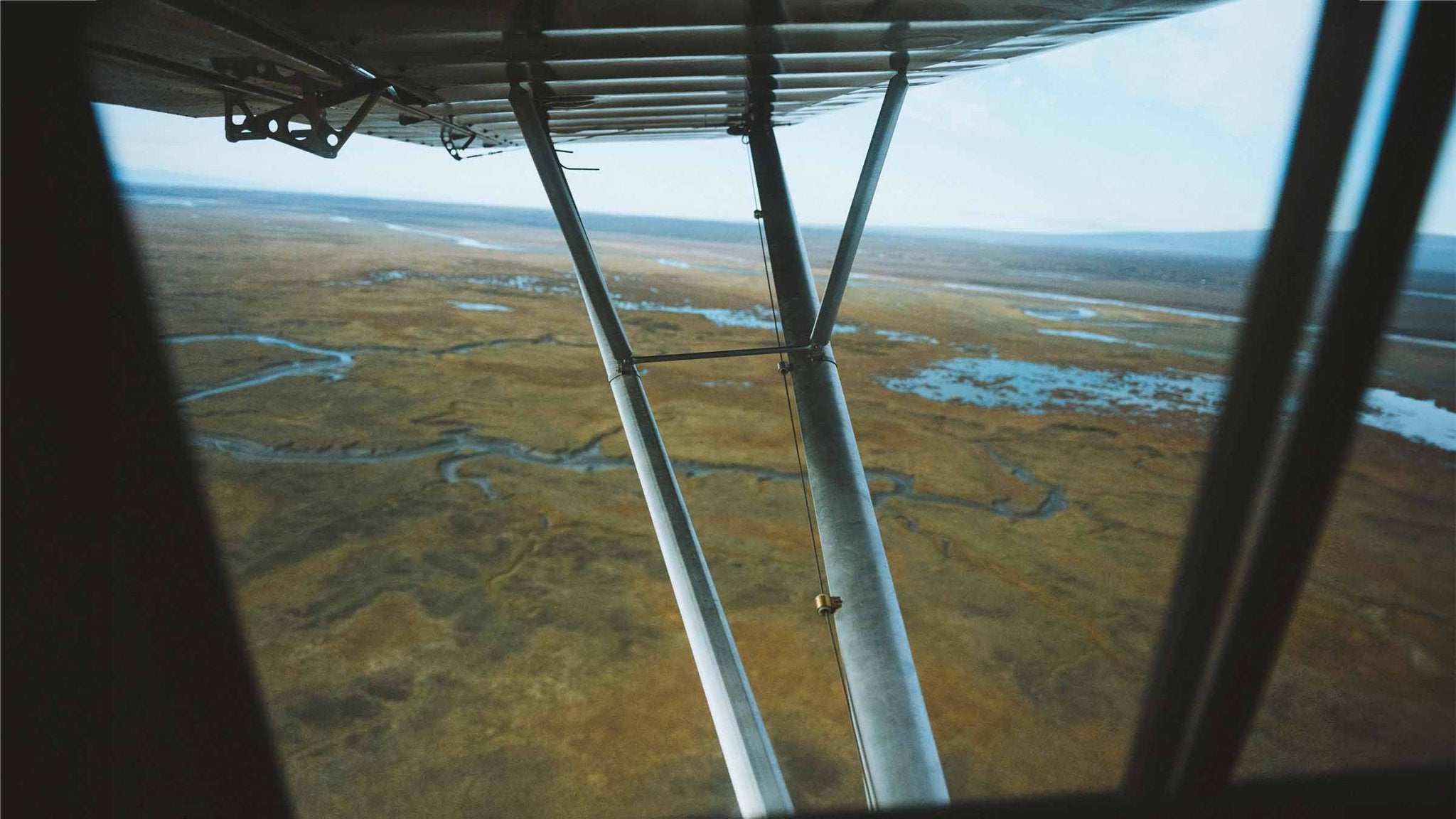
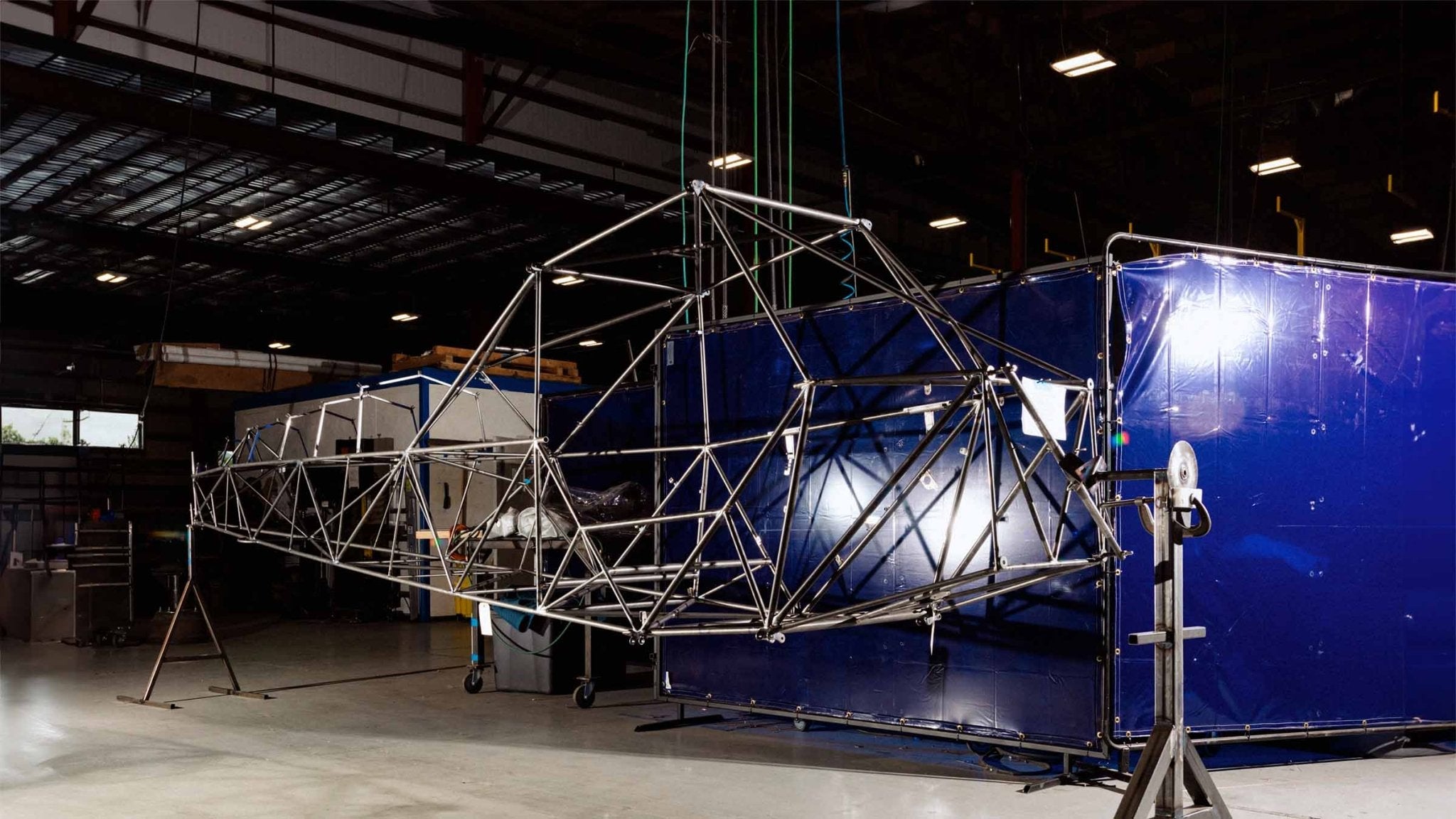
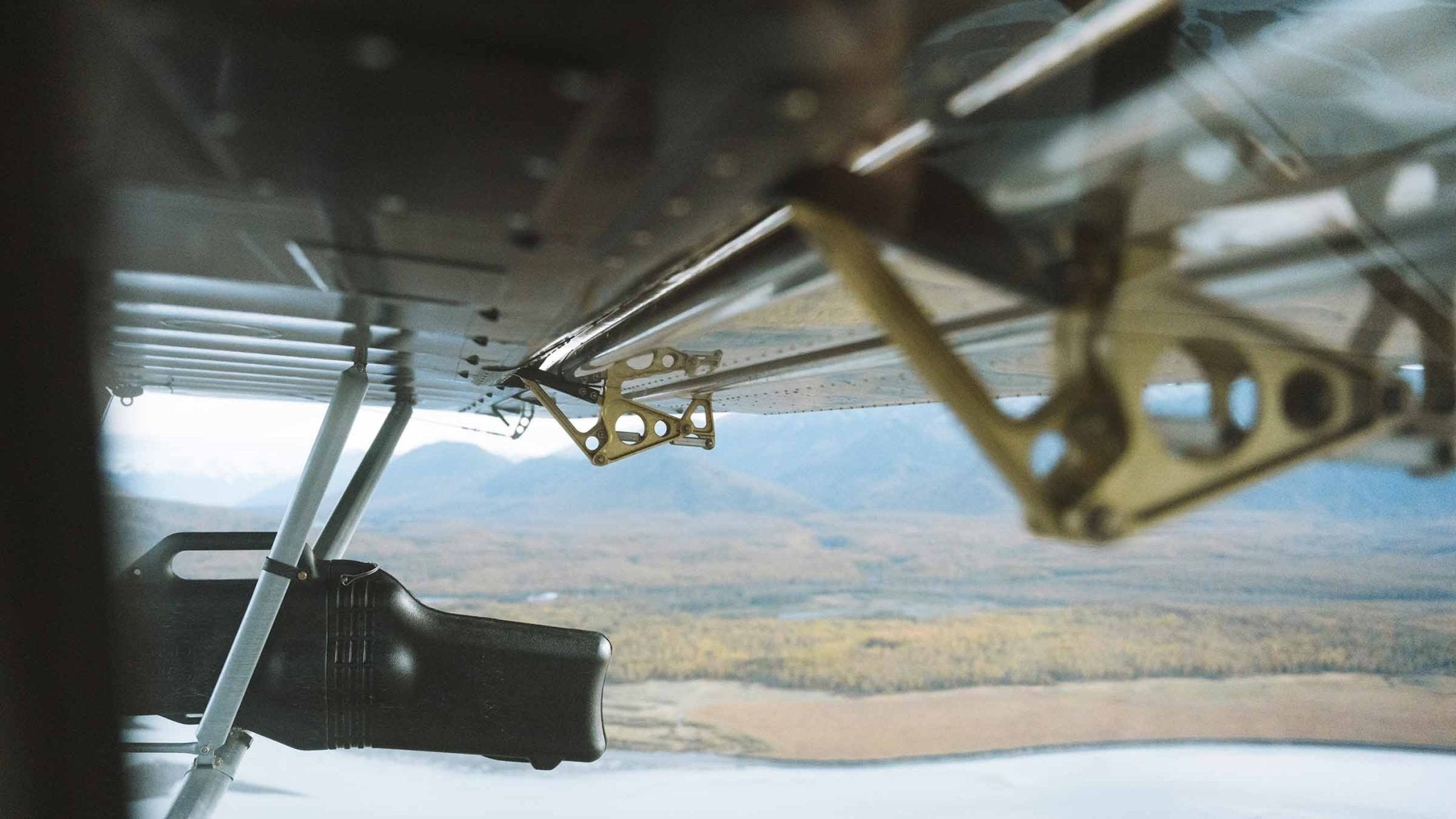
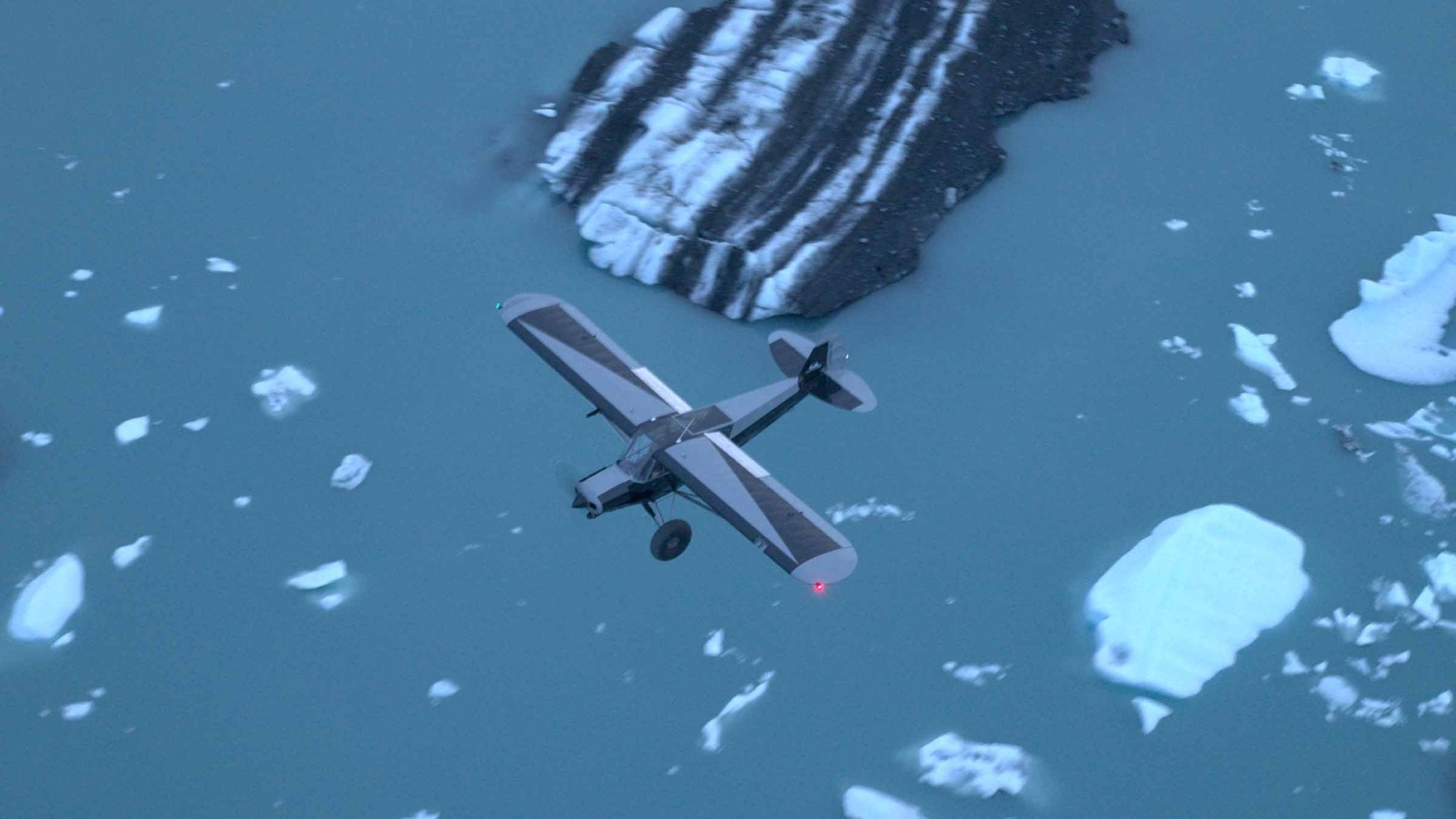
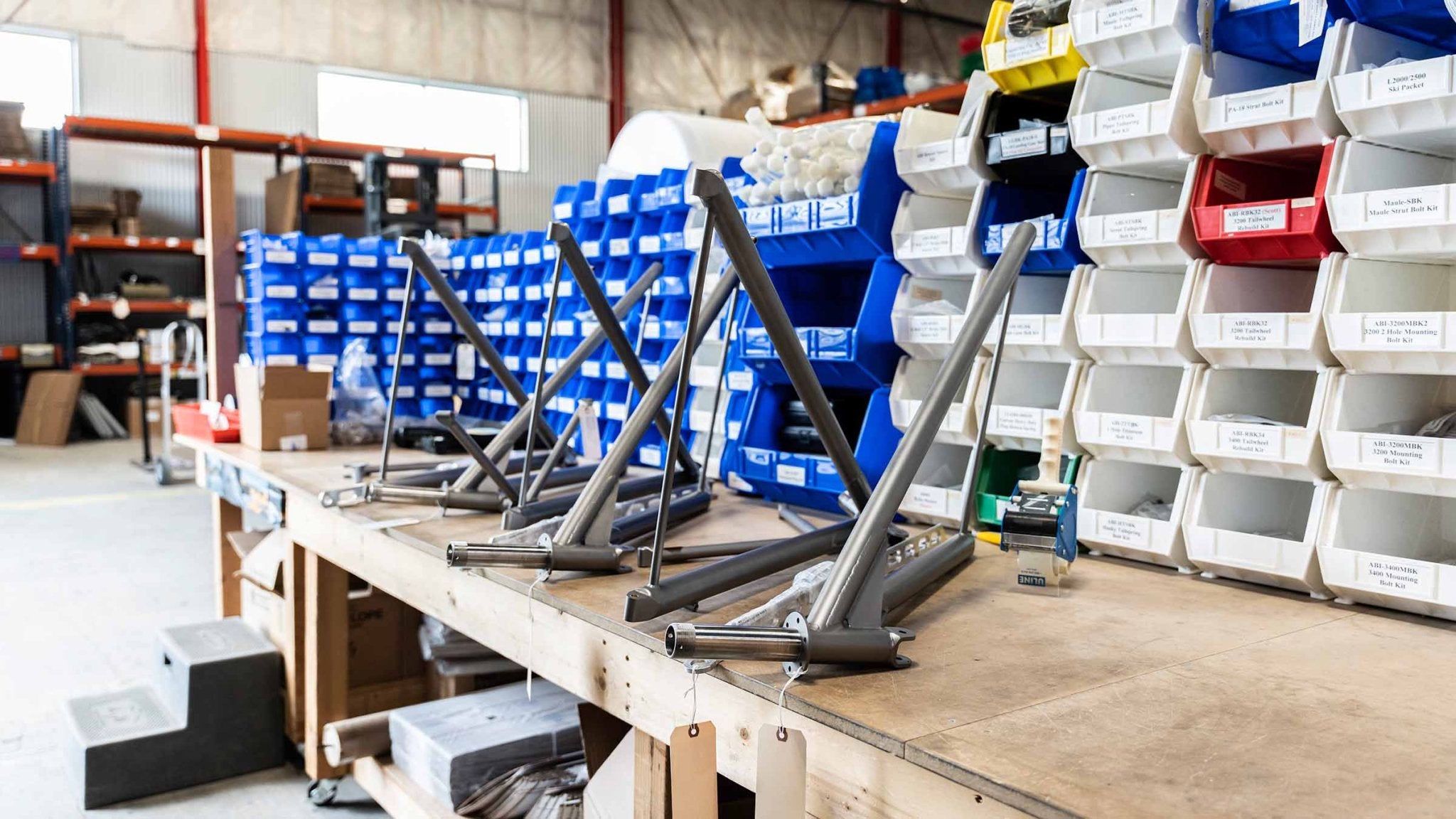
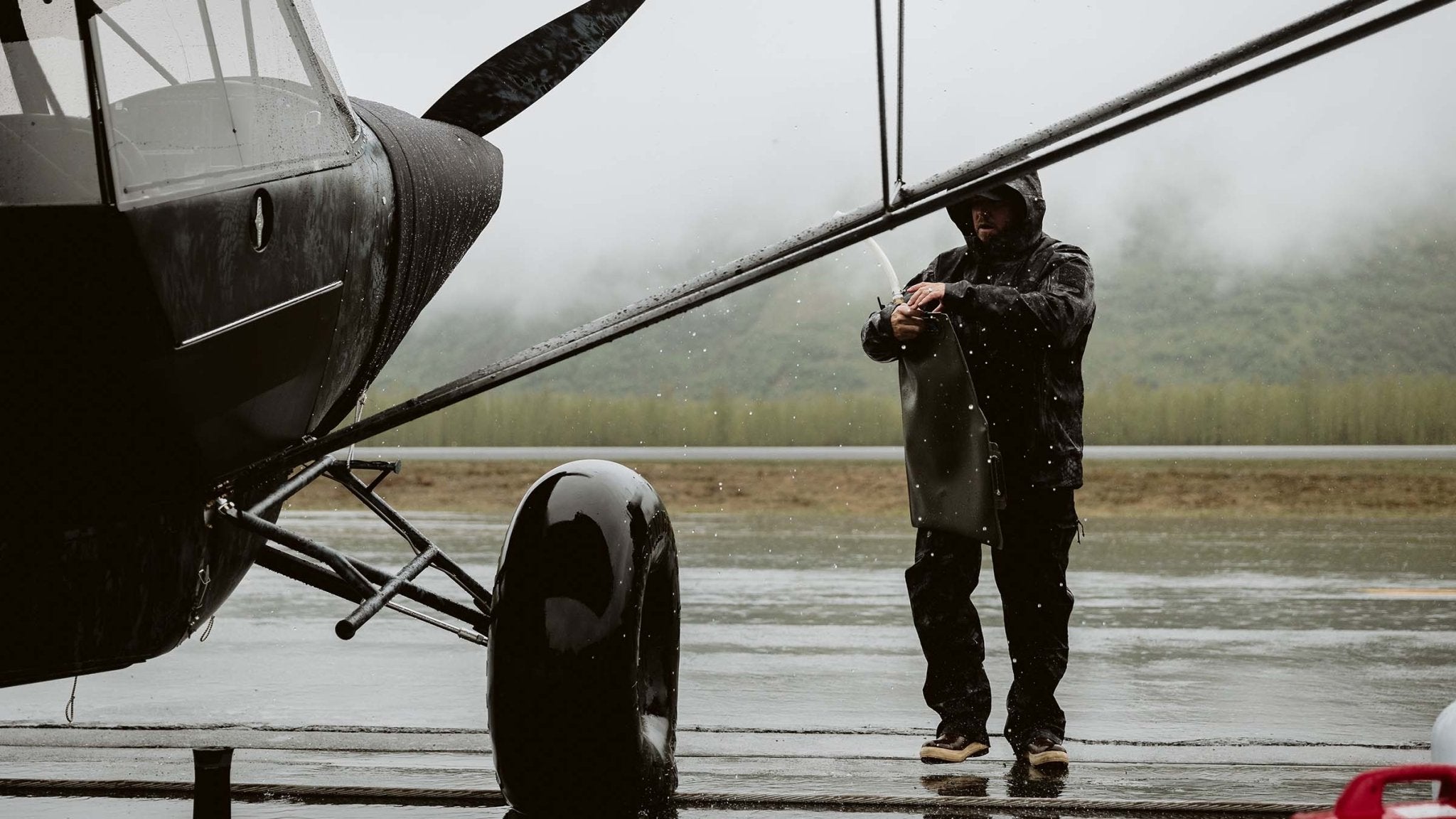
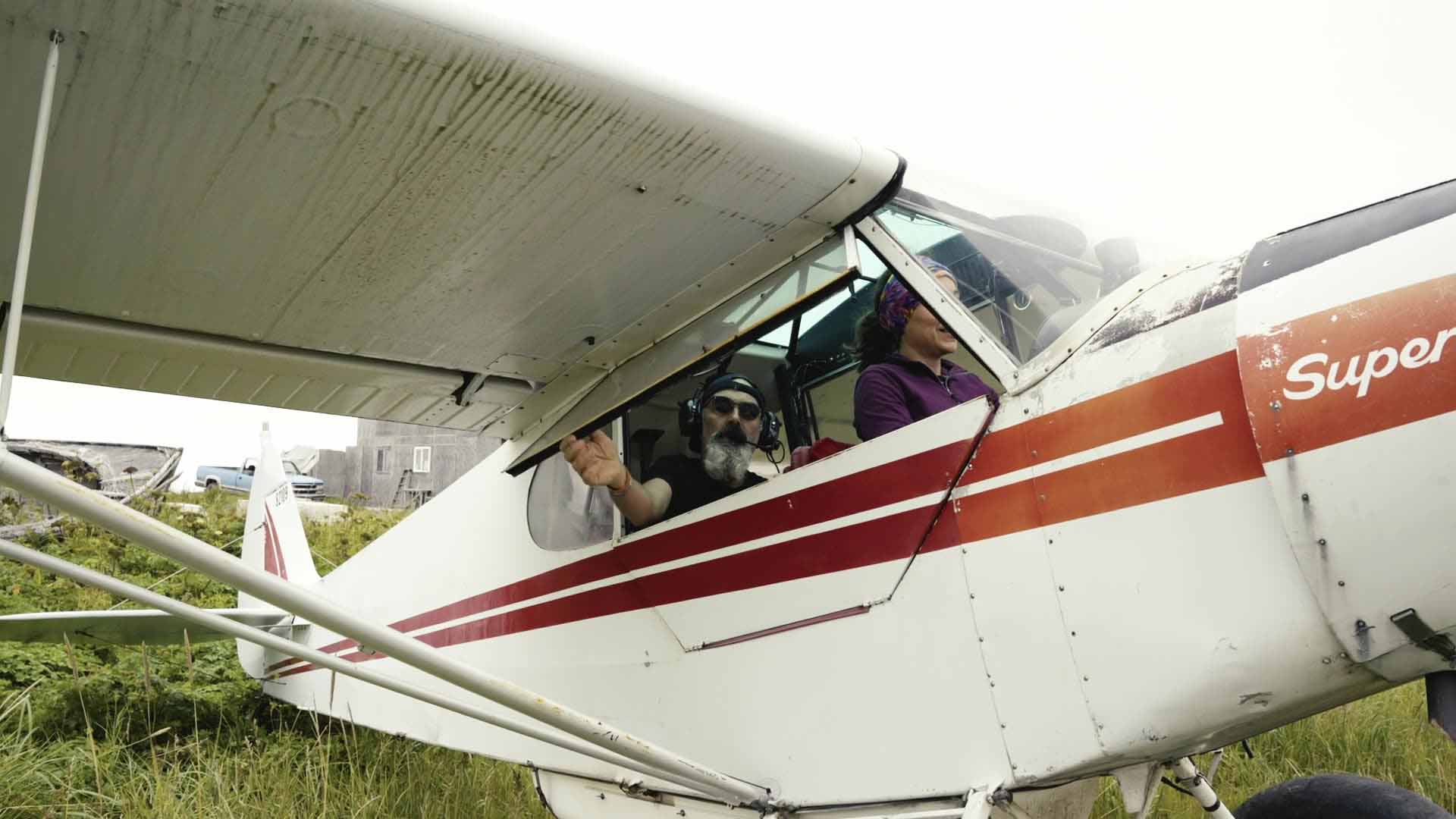
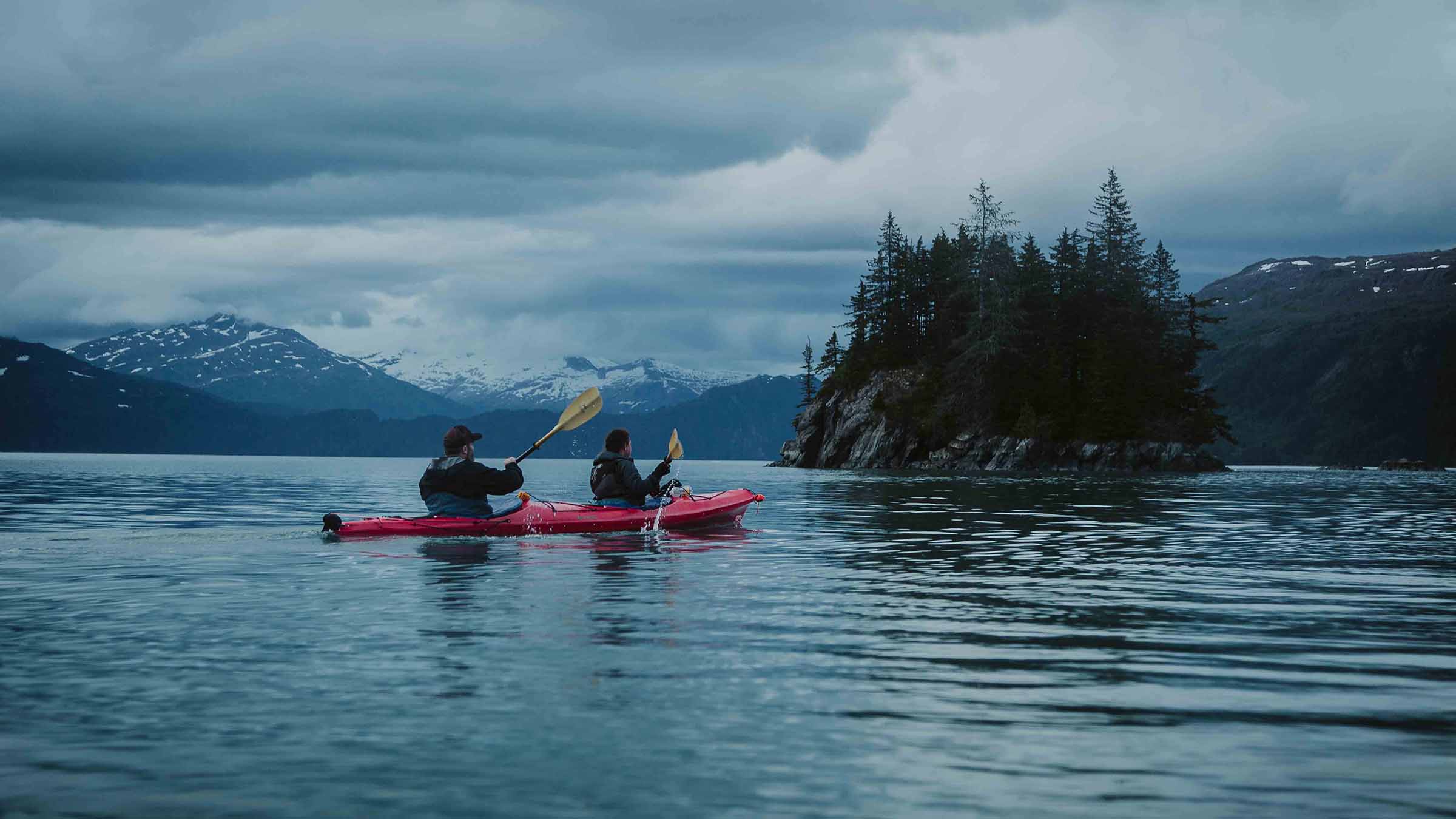
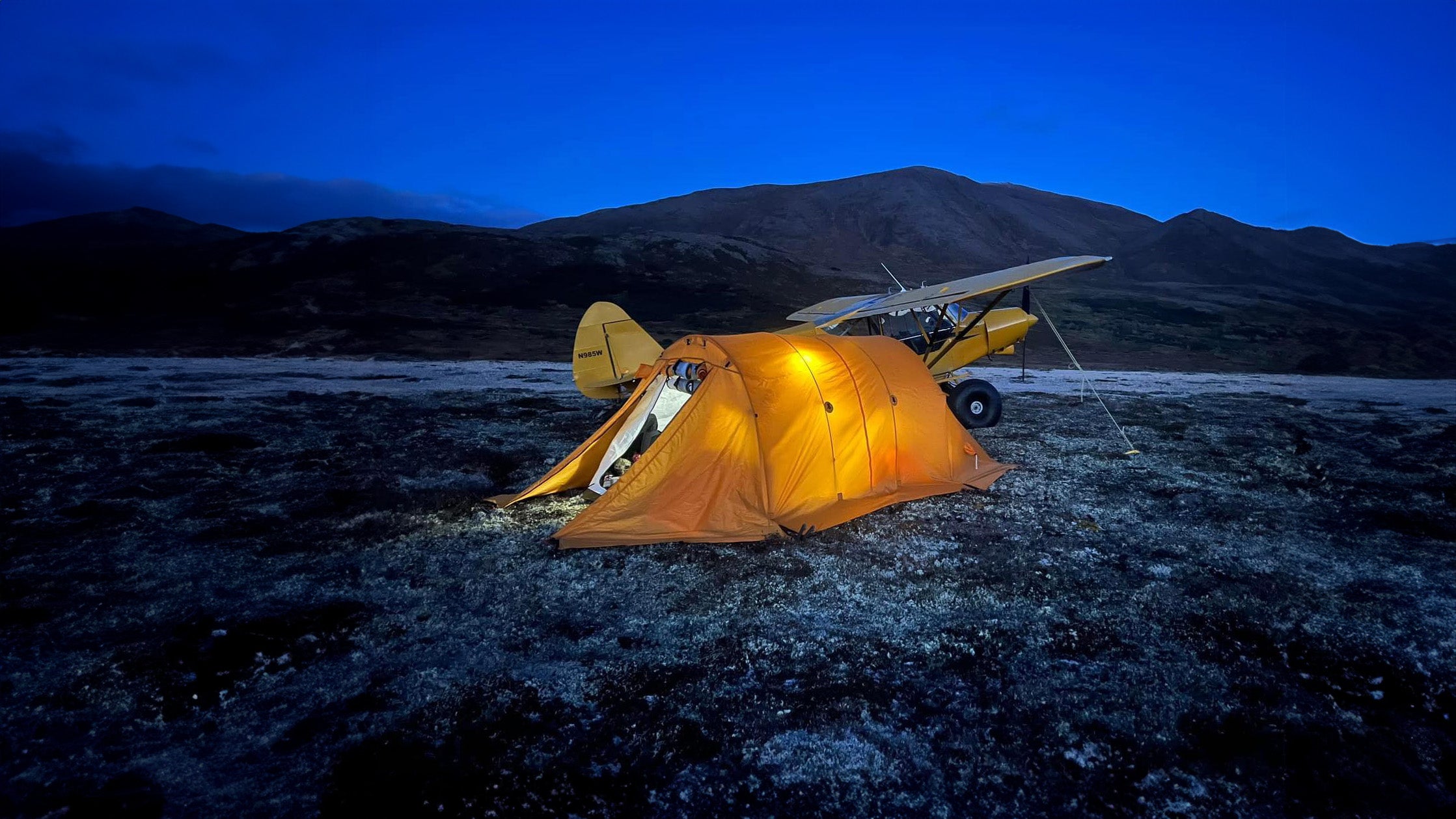


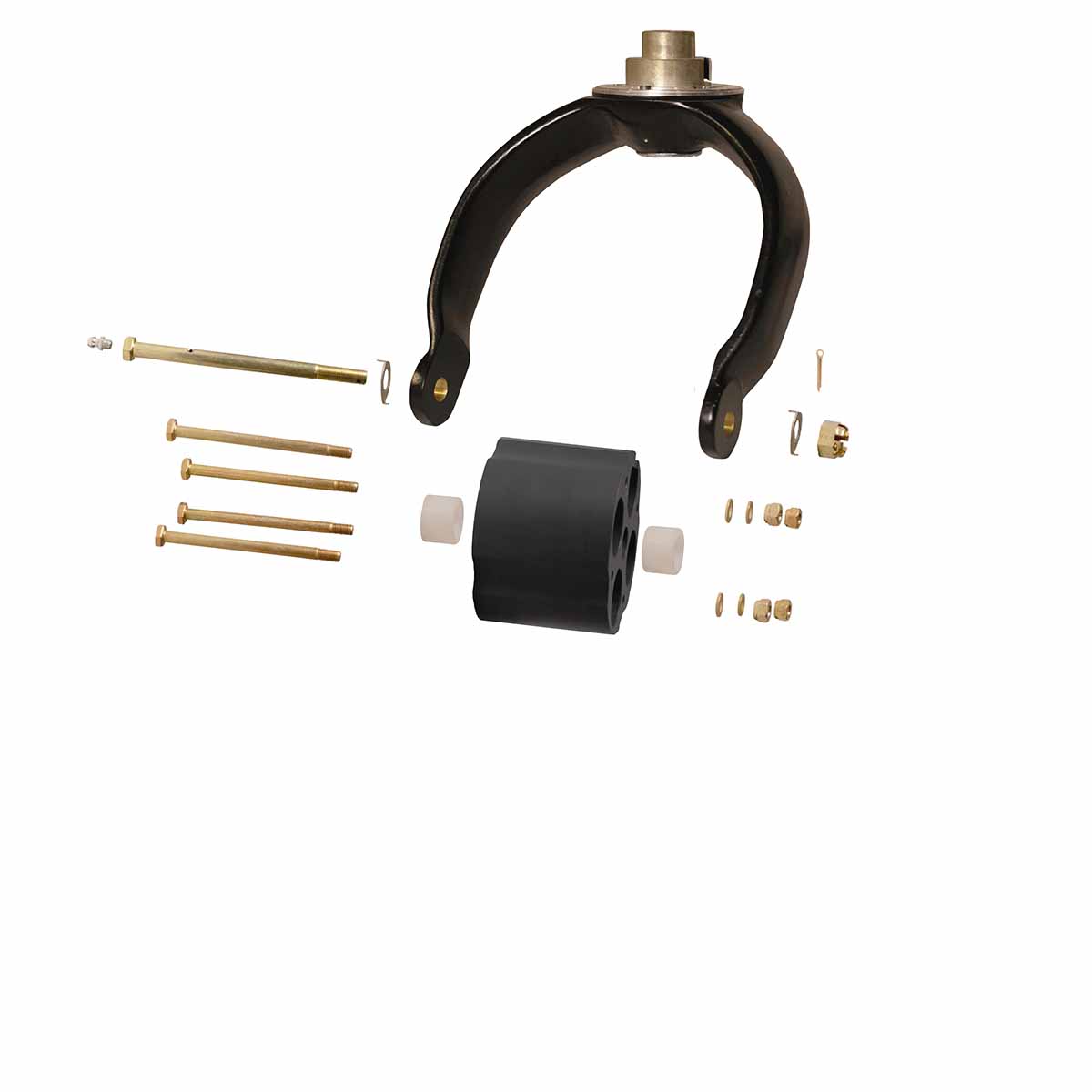


Leave a comment